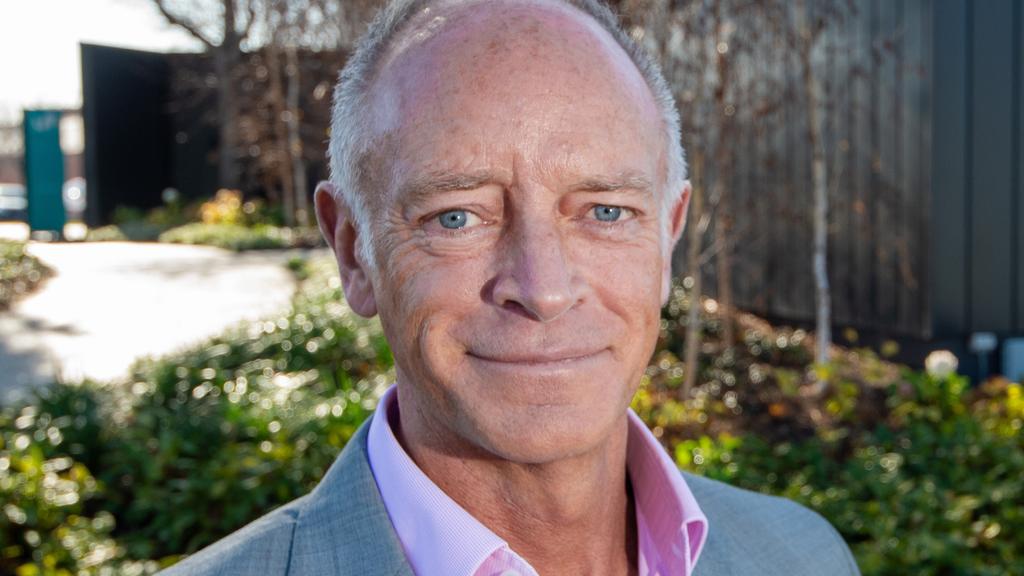All green but where’s the grass? ESD certifiers under fire

Nature Based Cities founder Paul Hameister. Picture Jay Town
Major Australian environmentally sustainable design (ESD) certifiers have had their green credentials criticised after a report found they do not require projects to retain or plant trees.
Research by not-for-profit organisation Nature Based Cities found the five most common sustainability accreditation schemes in the country all fail to push for green space in new developments.
The report studied the Green Star, Built Environment Sustainability Scorecard, BASIX, EnviroDevelopment and Climate Active systems, all of which aim to certify a new building’s environmental credentials.
Nature Based Cities founder Paul Hameister said the research showed it was “currently possible to achieve a 6-star Green Star rating for a building – the highest level of ESD recognition possible – without a single tree or blade of grass”.
The research, in collaboration with construction consulting firm Urbis, ESD consultants Ark Resources, and the University of Melbourne, aims to advocate for the incorporation of green space into urban development.
“We’re at a critical juncture concerning the climate. Many of the current environmental issues we’re facing have stemmed from urbanisation, (and) our cities’ contributions towards addressing these global challenges are increasingly important,” Mr Hameister said.
“One of the simplest and most effective ways we can cool the earth and address climate change is to retain and plant more trees, and it’s time to provide every tool possible to the development industry to be a leading force for this change,” the experienced Melbourne developer said.
The report outlined major economic benefits to increasing green space, and found park-front houses sold for 34 per cent more than surrounding properties on average, while park-front units saw a similar premium of 17 per cent.
Urbis director Mark Dawson said of the research, “beyond being the right thing to do, it helps when the commercial case can bring forward progress”.
The existing green accreditation tools focus largely on emissions reductions and transitioning towards renewable energy, along with using sustainable materials.
The Green Building Council of Australia’s Green Star rating claims to take into account land use and ecology as one of its key areas of focus.
The council states its ratings aim to “reward buildings that minimise harm to the local ecology of the site, by discouraging environmental degradation, and by encouraging the restoration of natural environments whenever possible”.
Ark Resources’ managing director Jan Talacko said these aims could be further improved following the release of the report.
“We recommend the introduction of mandatory minimum thresholds for incorporating vegetation across all green accreditation tools and believe that this requirement could be readily incorporated into all the rating frameworks we assessed,” he said.
According to Nature Based Cities, the purpose of the report is to highlight the economic, environmental, societal and cultural benefits of greener cityscapes, bolstering the commitment developers make towards sustainability rather than tearing down existing frameworks.







